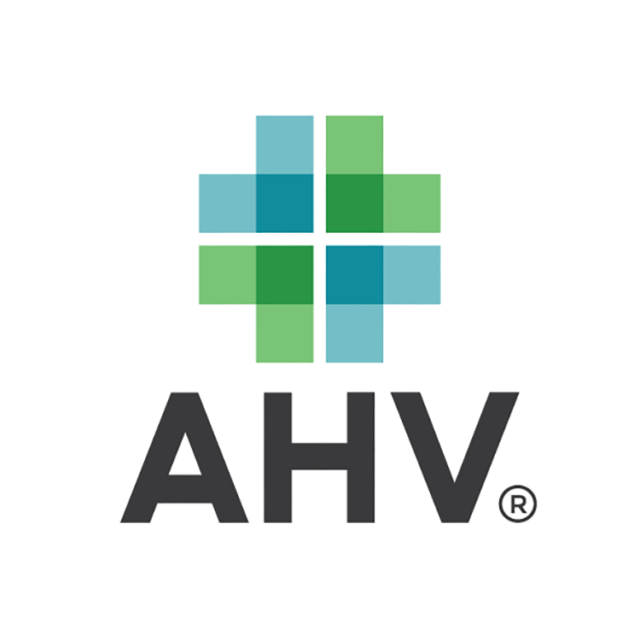With the introduction of Progressive Dairy’s new website, Agproud.com, changes have come for me and my fellow editors in how we submit and track articles for publication on our website, newsletter and magazine. We have started using a more inclusive article tracker that gives a bird’s eye view of what everyone is working on – all in one place.
New training and guidance have come with this article tracker. For some editors, they are learning how to use it for the first time – and for others, like myself, change is required. We are being asked to transition from an old way of doing things to a new way. While the new is definitely better, change is hard and uncomfortable. I certainly would like to stay in my comfort zone. However, I recognize the benefits our new article tracker brings. So I have chosen to dive in headfirst and embrace the new article tracker and website platform because I know it will propel us forward and move us to a higher level of efficiency.
Tracking data over time allows management teams to create achievable goals and track progress toward these goals. Having a clean dataset makes all of this possible. Clean data refers to a dataset free of incorrect, corrupted, duplicated or incomplete data. With our new article tracker, one challenge I have noticed is inconsistency in data entry, wrong formatting or columns being left blank entirely. Although this may seem simple, creating a clean dataset often takes proper planning, foresight and training into how variables should be named, organized and filled out.
Data, when used correctly, can be like a translator between us and the cow. Clean data in particular allows us to correctly translate the information.
Modern technology has increased the amount of data coming from production, reproduction, health and feed reports on today’s dairy farms. Data from all these sources can be put together to help create a clearer story and interpret what cows are trying to tell us. With so many sources of data on a dairy, it can be difficult to keep track and implement a usable program around it. However, modern technologies such as DairyComp and Feed Tracker can make this a much easier task than it once was when we simply relied on records kept by hand.
Some data on today’s dairy farms are recorded automatically by herd health monitoring systems or automated milking systems and can be pulled into a summary report without any data having to be manually entered. However, for instances with feed analysis, an exact value or measurement must be entered into a record-keeping dataset.
A clean dataset requires complete consistent records. Meaning that all cases and samples on the farm should be recorded with the same information, in the same order, in the same way for every sample. Be as detailed as you think is necessary. Implementing processes to capture more complete records will allow reliable comparisons and help management make decisions in the future.
Clean datasets will also help translate a problem into a clear answer. If information is entered in incorrectly, it becomes harder to uncover the reason for a production change. It also makes samples or data harder to compile and graph when named or formatted differently.
A key part in establishing the accuracy of your records is training your team to use the standard correctly. Usually, user-defined records lead to inaccurate and inconsistent data evaluation, making any management decision less reliable. Training dairy personnel to enter standardized data should be a priority to allow efficient evaluation and facilitate the decision-making process on the dairy.
Going back and cleaning data after the fact can be a tedious task. However, investing a little time up-front in creating a plan to ensure clean data can return dividends.




